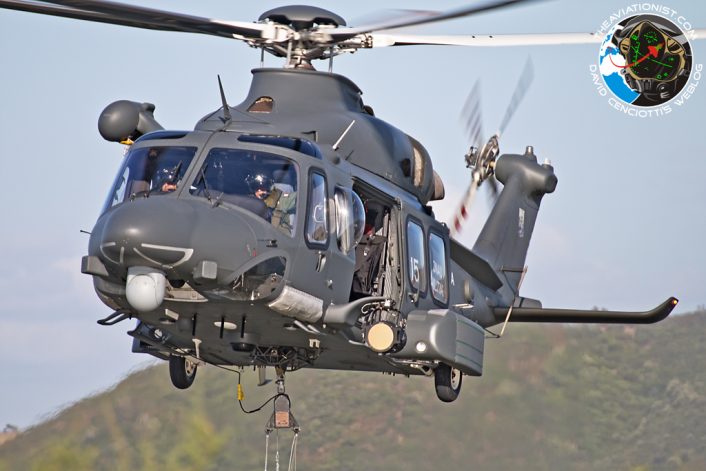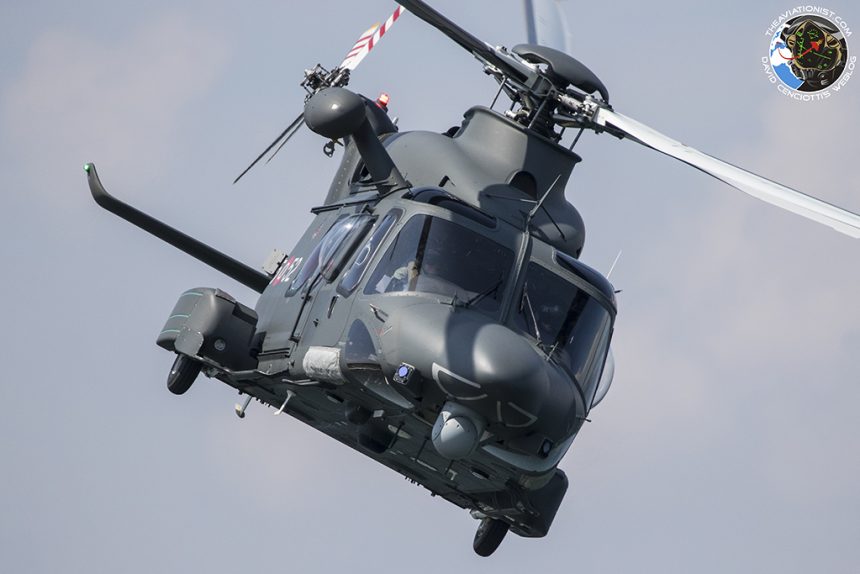The MH-139, a variant of the AW139, has been selected by the U.S. Air Force to take over the role of protecting the ICBM (Intercontinental Ballistic Missile) bases and transportation of U.S. government and security forces.
In what many have defined an upset victory, the United States Air Force announced the selection of the MH-139, to replace its fleet of UH-1N “Huey” helicopters. A 375M USD firm-fixed-price contract for the non-developmental item integration of four aircraft was awarded on Sept. 14. If all options are exercised the programme is valued at $2.4 billion for up to 84 helicopters, training devices and associated support equipment until 2031.
The new choppers, based on the Leonardo AW139 and offered by Boeing as prime contractor, are expected to reach the IOC (initial operational capability) in 2021 (this is what Leonardo claims in its press release even though it appears a bit optimistic considered that the Lockheed Martin and Sierra Nevada, both offering UH-60 Black Hawk variants, may contest the award) when they will replace the old Huey taking over the role of protecting the America’s ICBM missile silos as well as VIP transportation and utility tasks.
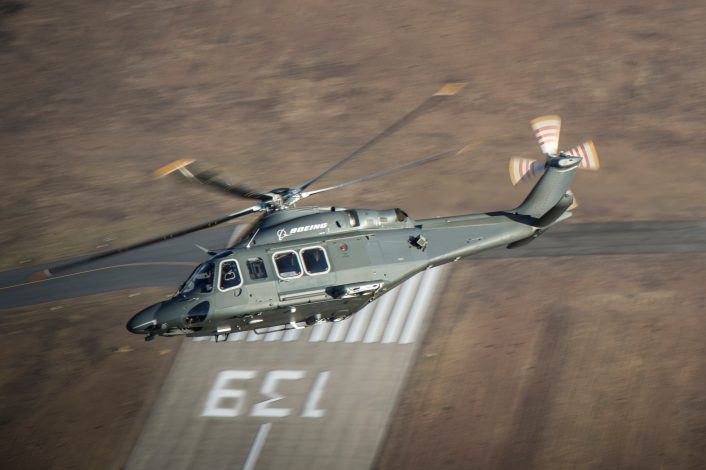
The MH-139 leverages the market-leading Leonardo AW139 baseline, a modern, non-developmental, multi-mission helicopter that is in service with 270 governments, militaries and companies across the world. According to Leonardo, over 900 AW139s are already in service with 260 assembled and delivered from Philadelphia, where the U.S. Air Force’s MH-139 will be assembled.
The U.S. Air Force MH-139 will be equipped with sensor turret under the nose with electro-optical and infrared cameras, provisions for machine gun mounts and possibly hoists: in other words the new AW139 variant will be not too different from the HH-139A, a military variant in service with the Italian Air Force we have often talked about here at The Aviationist.
The HH-139A is a multirole chopper equipped with an integrated NVG-compatible glass cockpit, 4-axis digital Digital AFCS (automatic flight control system) with SAR modes & FMS SAR patterns, weather/search radar, TCAS (Traffic Collision Avoidance System) II, FLIR (Forward Looking Infra-Red), Health and Usage Monitoring System (HUMS), Digital video recorder, Video downlink, Moving map on flat display, Auto-Deployable ELT (ADELT) and Enhanced Ground Proximity Warning System (EGPWS).
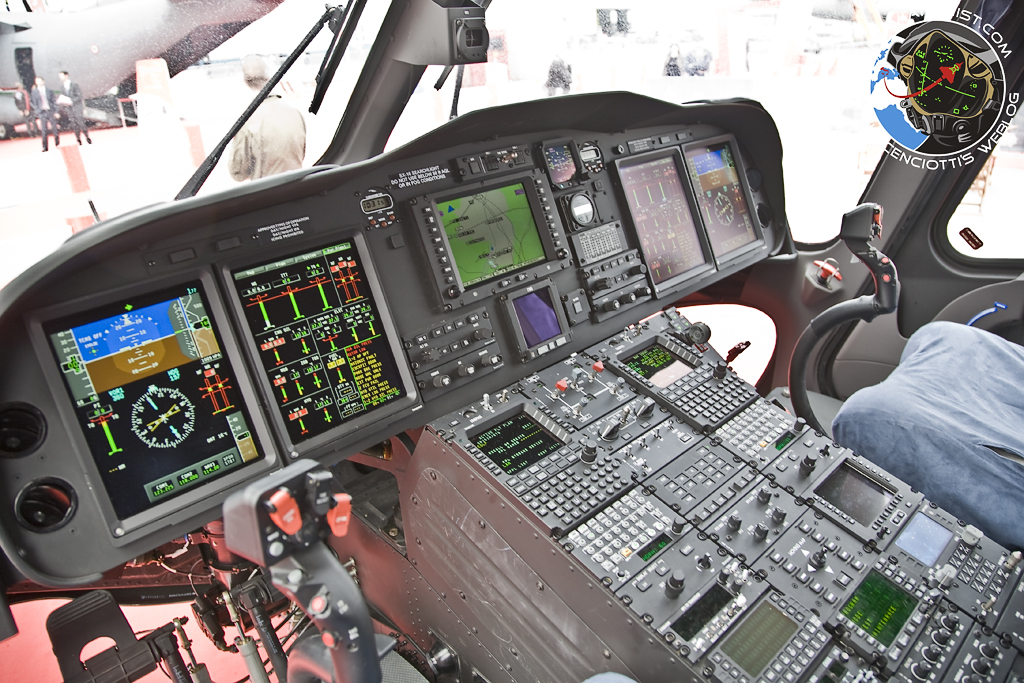
The HH-139A also features a secure communications suite, integrated defensive aids suite, hoist, search light, wire cutters, cargo hook, loudspeaker system and emergency floatation gear and any other equipment required to perform “convetional” search and rescue, as well as Combat SAR missions.
The helicopter features provisions two wing-mounted pods for 70 mm unguided rockets as those presented by AgustaWestland at Farnborough International Airshow in 2012.
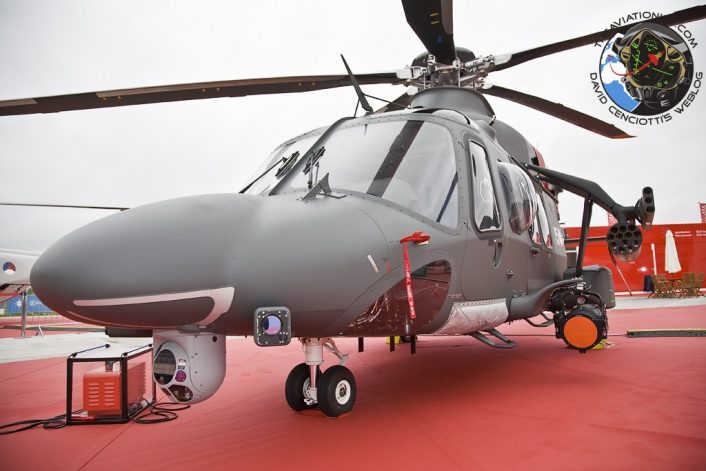
The Italian Air Force helicopter can do also something else. Since they can carry a bambi bucket they can perform aerial firefighting activity. Beginning in 2018, the Italian HH-139A belonging to the 82° Centro CSAR (Combat SAR Center) from Trapani have carried out firefighting tasks in Sicily.
